
OR
Nijgadh International Airport
Parliamentary panel allays fears of ecological impacts
Published On: December 20, 2018 04:30 AM NPT By: Republica | @RepublicaNepal
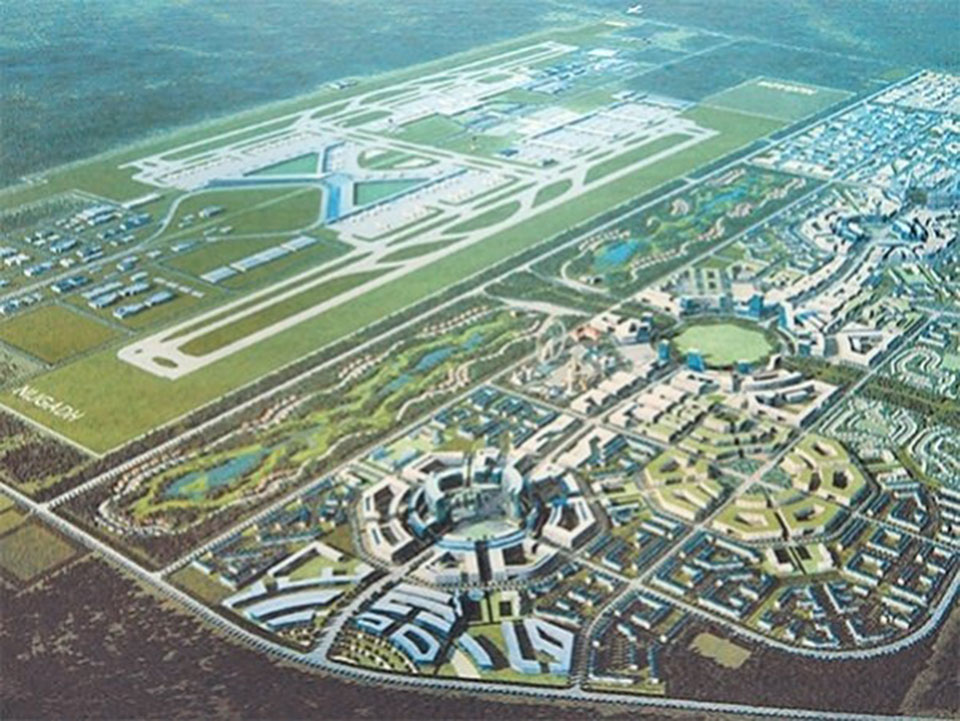
KATHMANDU, Dec 20: A sub-committee formed by the National Concern and Coordination Committee of National Assembly has concluded that the number of trees to be cut down for the proposed Nijgadh International Airport will be lower than what has been reported in media.
A report prepared by the sub-committee after field observation states that there won't be significant damage to wildlife habitat.
The National Concern and Coordination Committee had formed the sub-committee after concerns were raised from different quarters regarding significant damage to wildlife habitat and ecosystem due to felling of trees for airport construction.
Minister for Culture, Tourism and Civil Aviation Rabindra Adhikari has been maintaining that 250,000 big trees will have to be cut down to prepare land for airport construction.
The sub-committee has suggested to the government to use modern technology to transplant trees to new location instead of cutting it down.
The proposed airport will spread over 80 square kilometers, as per a study conducted by a South Korean firm. About 90 percent of the area is forest land.
The Environment Impact Assessment (EIA) report of the project has already been accepted by the Ministry of Forests and Environment.
"Most of the trees in the site proposed for Nijgadh International Airport are smaller ones. It is possible to bring back greenery in four-five years," reads the report submitted by the sub-committee.
A team lead by Dil Kumari Rawal Thapa, chairman of the committee, had visited the project site on November 9-10. During the field observation, the team held discussion with local units of Bara districts. Members of the field visit team say that they found no objection as such from the local units regarding the airport project.
"Locals have taken the airport project as a pride of Province 2. As they are for early execution of the project by settling all issues, it would be better to begin field works immediately to complete the project within the stipulated timeframe," the report adds.
The sub-committee has suggested to the National Concern and Coordination Committee to direct the Ministry of Forests and Environment to give permission for forest clearance immediately. Similarly, it has suggested that the Ministry of Culture, Tourism and Civil Aviation be instructed to resettle people in the project affected areas so that the airport project is executed without any obstacles.
The government had taken a decision to build second international airport in 1995, considering the growing movement of visitors at Tribhuvan International Airport -- the sole international airport in the country. Following the decision, pre-feasibility studies were conducted in eight locations across the country.
The proposed site in Nijgadh was selected for the proposed based on parameters like land features, terrain features, runway orientation, distance from the wildlife sanctuary, distance from the major town, air route, air space, holding pattern, road accessibility, cost of land acquisition, availability of land, population density, forest density, river control measures, availability of construction materials, among others.
'AIRPORT CITY NOT NEEDED'
The National Concern and Coordination Committee has concluded that airport city is not needed.
"It would be better to upgrade existing cities in local units near the airport rather than building airport city," the committee states.
The Detailed Project Report (DPR) of the project prepared by South Korean company Landmark Worldwide (LMW) had suggested building an airport city for Nijgadh airport.
"There is no need to build airport city. Existing cities and towns can be upgraded by building new infrastructures. It will also benefit local people," the report states.
Civil Aviation Authority of Nepal (CAAN) has already clarified that the airport city is only a concept of the South Korean firm and that it doesn't mean that it has to be built as a component of the airport.
You May Like This
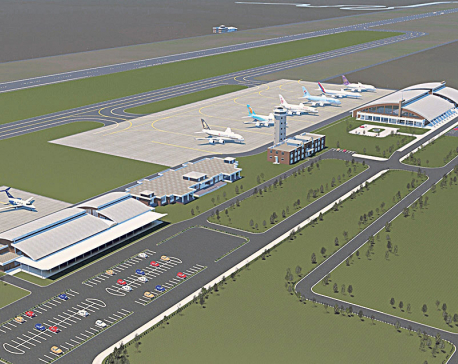
Question on rationale of Nijgadh International Airport
The government on Monday reiterated its priority to construct Nijgadh International Airport (NIA) while unveiling the Principles and Priorities of... Read More...
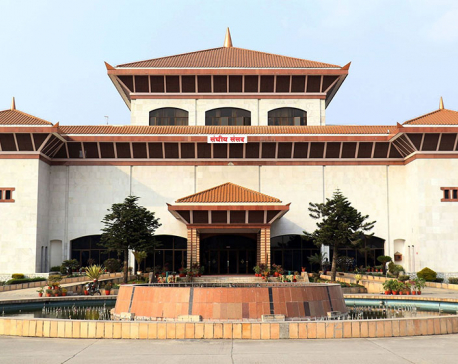
Parliamentary panel to be formed to probe killing of Dalit youths in Rukum
KATHMANDU, June 5: A parliamentary panel is to be formed to investigate the killing of Dalit youths in Rukum district. Read More...
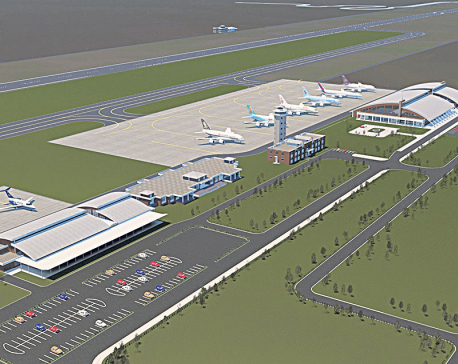
Rumor and reality
Many people have misconception that deforestation will begin right after the Ministry approves the proposal for airport construction. It does... Read More...



Just In
- 16 candidates shortlisted for CEO position at Nepal Tourism Board
- WB to take financial management lead for proposed Upper Arun Project
- Power supply to be affected in parts of Kathmandu Valley today as NEA expedites repair works
- Godepani welcomes over 31,000 foreign tourists in a year
- Private sector leads hydropower generation over government
- Weather expected to be mainly fair in most parts of the country today
- 120 snow leopards found in Dolpa, survey result reveals
- India funds a school building construction in Darchula







_20220508065243.jpg)



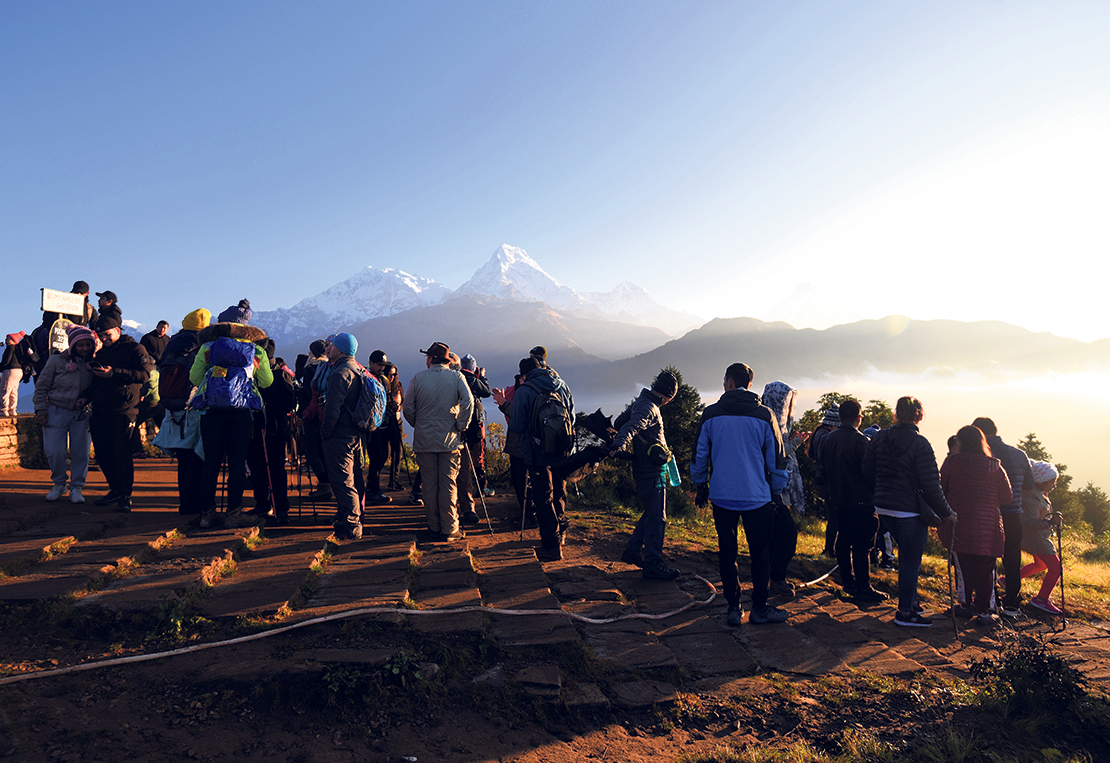




Leave A Comment